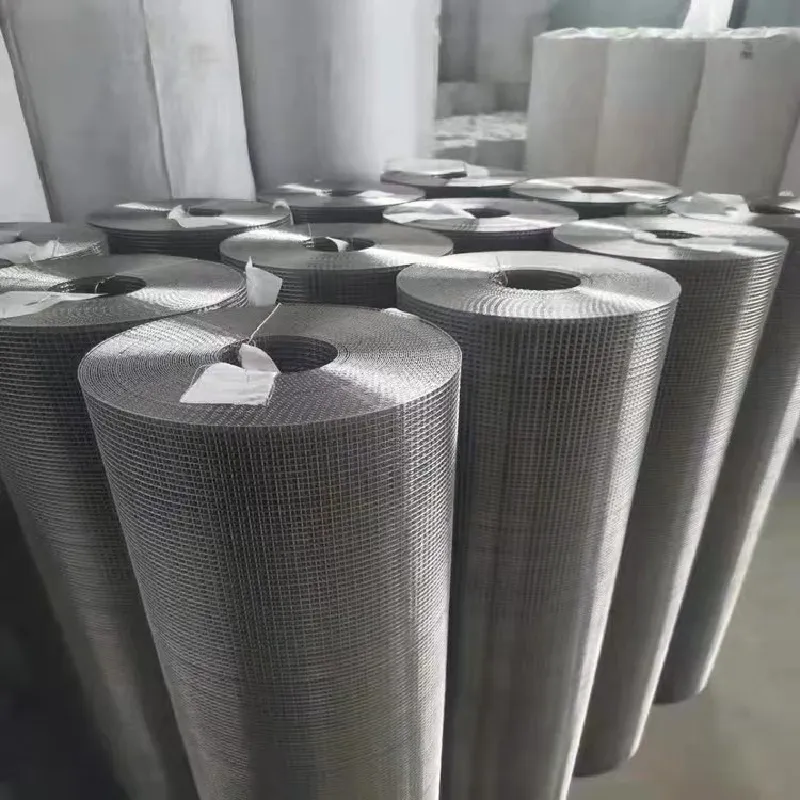-
 Afrikaans
Afrikaans -
 Albanian
Albanian -
 Amharic
Amharic -
 Arabic
Arabic -
 Armenian
Armenian -
 Azerbaijani
Azerbaijani -
 Basque
Basque -
 Belarusian
Belarusian -
 Bengali
Bengali -
 Bosnian
Bosnian -
 Bulgarian
Bulgarian -
 Catalan
Catalan -
 Cebuano
Cebuano -
 China
China -
 Corsican
Corsican -
 Croatian
Croatian -
 Czech
Czech -
 Danish
Danish -
 Dutch
Dutch -
 English
English -
 Esperanto
Esperanto -
 Estonian
Estonian -
 Finnish
Finnish -
 French
French -
 Frisian
Frisian -
 Galician
Galician -
 Georgian
Georgian -
 German
German -
 Greek
Greek -
 Gujarati
Gujarati -
 Haitian Creole
Haitian Creole -
 hausa
hausa -
 hawaiian
hawaiian -
 Hebrew
Hebrew -
 Hindi
Hindi -
 Miao
Miao -
 Hungarian
Hungarian -
 Icelandic
Icelandic -
 igbo
igbo -
 Indonesian
Indonesian -
 irish
irish -
 Italian
Italian -
 Japanese
Japanese -
 Javanese
Javanese -
 Kannada
Kannada -
 kazakh
kazakh -
 Khmer
Khmer -
 Rwandese
Rwandese -
 Korean
Korean -
 Kurdish
Kurdish -
 Kyrgyz
Kyrgyz -
 Lao
Lao -
 Latin
Latin -
 Latvian
Latvian -
 Lithuanian
Lithuanian -
 Luxembourgish
Luxembourgish -
 Macedonian
Macedonian -
 Malgashi
Malgashi -
 Malay
Malay -
 Malayalam
Malayalam -
 Maltese
Maltese -
 Maori
Maori -
 Marathi
Marathi -
 Mongolian
Mongolian -
 Myanmar
Myanmar -
 Nepali
Nepali -
 Norwegian
Norwegian -
 Norwegian
Norwegian -
 Occitan
Occitan -
 Pashto
Pashto -
 Persian
Persian -
 Polish
Polish -
 Portuguese
Portuguese -
 Punjabi
Punjabi -
 Romanian
Romanian -
 Russian
Russian -
 Samoan
Samoan -
 Scottish Gaelic
Scottish Gaelic -
 Serbian
Serbian -
 Sesotho
Sesotho -
 Shona
Shona -
 Sindhi
Sindhi -
 Sinhala
Sinhala -
 Slovak
Slovak -
 Slovenian
Slovenian -
 Somali
Somali -
 Spanish
Spanish -
 Sundanese
Sundanese -
 Swahili
Swahili -
 Swedish
Swedish -
 Tagalog
Tagalog -
 Tajik
Tajik -
 Tamil
Tamil -
 Tatar
Tatar -
 Telugu
Telugu -
 Thai
Thai -
 Turkish
Turkish -
 Turkmen
Turkmen -
 Ukrainian
Ukrainian -
 Urdu
Urdu -
 Uighur
Uighur -
 Uzbek
Uzbek -
 Vietnamese
Vietnamese -
 Welsh
Welsh -
 Bantu
Bantu -
 Yiddish
Yiddish -
 Yoruba
Yoruba -
 Zulu
Zulu
Exploring the Importance of Insects for Ecosystems and Human Well-Being in a Sustainable Future
Net for Insects A Vital Tool for Biodiversity Conservation
In recent years, the alarming decline in insect populations has become a topic of significant concern among scientists, conservationists, and the public alike. Insects play a crucial role in our ecosystem; they are essential pollinators, decomposers, and serve as a food source for many animals. However, habitat loss, climate change, and pesticide use have contributed to a dramatic decrease in their numbers. This pressing issue has prompted the need for innovative solutions to monitor and conserve insect populations, one of which is the use of specialized nets designed for catching and studying insects.
The concept of a net for insects encompasses various types of nets that can effectively capture and study these vital creatures without causing them harm. These nets range from fine-meshed sweep nets to more elaborate insect traps, each designed with specific research goals in mind. For example, sweep nets are commonly used to collect insects from vegetation, allowing researchers to assess the diversity and abundance of insect populations in various habitats. On the other hand, pitfall traps are designed to capture ground-dwelling insects, providing insights into the species that inhabit the soil layer.
Using these nets not only facilitates the study of insects but also enhances our understanding of biodiversity. By documenting insect populations in different environments, scientists can identify patterns and trends that indicate the health of ecosystems. This information is vital for assessing the impact of environmental changes and human activities on insect populations. For instance, the decline in pollinators, such as bees and butterflies, can have dire consequences for food security and plant reproduction. Through the use of insect nets, researchers can closely monitor these populations, enabling them to advocate for conservation efforts.
net for insects

Moreover, engaging the public in insect monitoring initiatives can amplify conservation efforts. Citizen science programs encourage individuals to use insect nets in their own backyards or local parks, allowing them to contribute to data collection. This grassroots involvement not only raises awareness about insect conservation but also fosters a sense of stewardship for local ecosystems. As people become more knowledgeable about the insects in their environment, they are likely to participate actively in conservation practices, such as advocating for pesticide reduction or habitat restoration.
Furthermore, the use of insect nets has implications for educational purposes. Schools and nature centers can incorporate insect monitoring activities into their curricula, providing students with hands-on experience in science and ecology. This experiential learning fosters a sense of curiosity and appreciation for biodiversity among young learners. By equipping the next generation with knowledge about the importance of insects and the challenges they face, we can inspire future conservationists to take action.
In conclusion, nets for insects are indispensable tools in the fight against biodiversity loss. They not only allow researchers to study and monitor insect populations but also empower individuals and communities to participate in conservation efforts. By raising awareness about the vital roles insects play in our ecosystems, we can inspire collective action to protect these essential creatures. As we grapple with the consequences of environmental change, initiatives that focus on insect conservation will be key to ensuring a sustainable future for all living organisms on our planet. The net for insects is not just a scientific tool; it represents hope and a path toward ecological balance.
-
Shipping Plastic Bags for Every NeedNewsJul.24,2025
-
Safety Netting: Your Shield in ConstructionNewsJul.24,2025
-
Plastic Mesh Netting for Everyday UseNewsJul.24,2025
-
Nylon Netting for Every UseNewsJul.24,2025
-
Mesh Breeder Box for Fish TanksNewsJul.24,2025
-
Expanded Steel Mesh Offers Durable VersatilityNewsJul.24,2025











